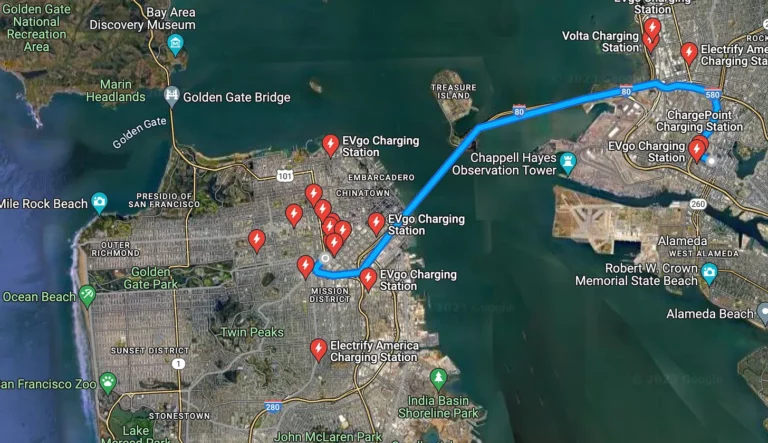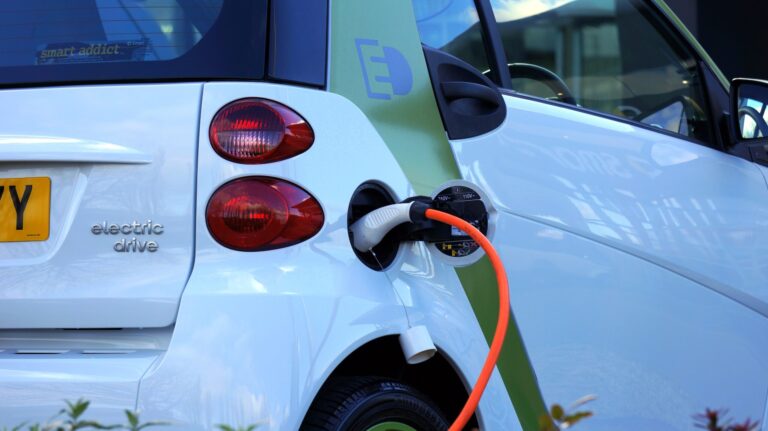EVs Are Horrible In The Winter

The primary stated case for EVs is that they are green. Additionally, they spend less to operate, at least on paper.
*The EV Universe
For many Americans, the drawbacks negate the advantages. EVs take a long time to charge, particularly when compared to filling a gas tank. They have a limited range on a single charge–usually 300 miles. They are more expensive than gas-powered cars (about $8,000). They eat through tires more quickly than gas-powered cars. There are not many charging stations outside large cities on the two coasts.
Another problem with poorly understood EVs is that they do not take full charge in cold weather. According to the AAA, “Electric car batteries are hampered by winter weather in two ways. First off, cold temperatures create resistance against the battery’s chemical reactions, slowing down the energy-producing process.”
Short Winter Days
Short winter days mean headlines need to be on longer. It takes more energy to heat cars in cold temperatures. It takes energy to defog glass.
The AAA has a few suggestions. They are both time-consuming and a nuisance. Heat the cabin before you drive. Park the EV in a garage. Use “ecomode”. Keep tires inflated to maximum levels. It will get better as battery technology improves.
It’s too much work to be worth it.
More from ClimateCrisis 247
- Wind And Solar Face Real Damage Under Trump Laws
- Europe Tesla Sales Plunge 40%
- There Are No Cheap Used EVs
- EV Sales Skyrocket, According To Study






